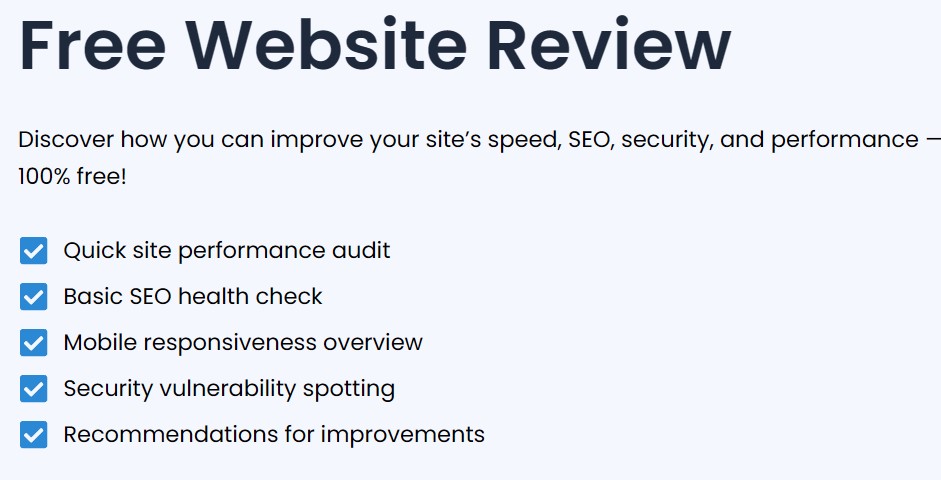Is your WordPress website loading painfully slow?
You’re not alone — speed is a top concern for site owners, especially in 2025 where Google’s Core Web Vitals directly affect your SEO and user experience.
The good news? You can dramatically speed up your WordPress site with the right optimizations — without breaking your design or losing content.
Here’s your complete, actionable guide.
🚦 Why Site Speed Matters (More Than Ever)
- 📉 Slow = lost visitors: Most users abandon if your site takes longer than 3 seconds.
- 🔍 Google ranks faster sites higher: Core Web Vitals are ranking factors.
- 💳 Speed affects conversions: Faster sites lead to better sales and engagement.
🔧 Step-by-Step WordPress Speed Optimization
✅ 1. Measure Your Current Speed
Use tools like:
📊 Focus on metrics like LCP (Largest Contentful Paint) and TTFB (Time to First Byte).
✅ 2. Switch to Fast, Managed Hosting
Your hosting is the foundation of performance.
If you’re still on shared hosting, it’s time to upgrade.
🔗 See our WordPress-Optimized Hosting Plans
✅ 4. Install a Caching Plugin
Caching reduces load time by serving static versions of pages.
Top plugins:
- WP Rocket (premium, highly recommended)
- LiteSpeed Cache (if using LiteSpeed server)
- W3 Total Cache or FlyingPress
✅ 5. Optimize Images
Large images are a major cause of slow sites.
Use:
- WebP format
- Lazy loading (built into WordPress 5.5+)
- Compression plugins like ShortPixel, Smush, or Imagify
✅ 6. Minify and Combine CSS/JS Files
Minification removes unnecessary characters from code.
Use:
- WP Rocket (automatically does this)
- Asset CleanUp or Autoptimize (for advanced control)
✅ 7. Use a Content Delivery Network (CDN)
A CDN distributes your content across servers worldwide, reducing latency.
Top options:
- Cloudflare (free and effective)
- Bunny.net
- StackPath
✅ 8. Limit Plugins and Clean Up Your Site
- Deactivate and delete unused plugins
- Avoid page builders that load unnecessary scripts
- Replace bloated plugins with lightweight alternatives (e.g., use native WordPress forms instead of heavy contact form plugins)
🔗 Want a full plugin audit? Contact us for a Free Speed Review
✅ 9. Database Optimization
Over time, your database collects junk: revisions, spam comments, transients.
Use:
- WP-Optimize or Advanced Database Cleaner
- Schedule weekly automatic cleanups
✅ 10. Enable GZIP Compression & Browser Caching
You can do this through your host’s cPanel or via caching plugins.
This reduces the size of transferred data and improves repeat load speeds.
📈 Bonus: Optimize for Google’s Core Web Vitals
Focus on:
- LCP: Optimize hero images, avoid sliders
- FID: Reduce third-party scripts
- CLS: Avoid layout shifts by reserving space for ads/images
Need help with Core Web Vitals?
🔗 Check our Speed Optimization Services
🚀 Final Thoughts
Speed isn’t just a “nice-to-have” — it’s essential.
By following this guide, you can cut your load times in half and improve your user experience, SEO, and conversion rates.
👉 Let Our Experts Speed Up Your WordPress Site
Or Get a Free Performance Audit



